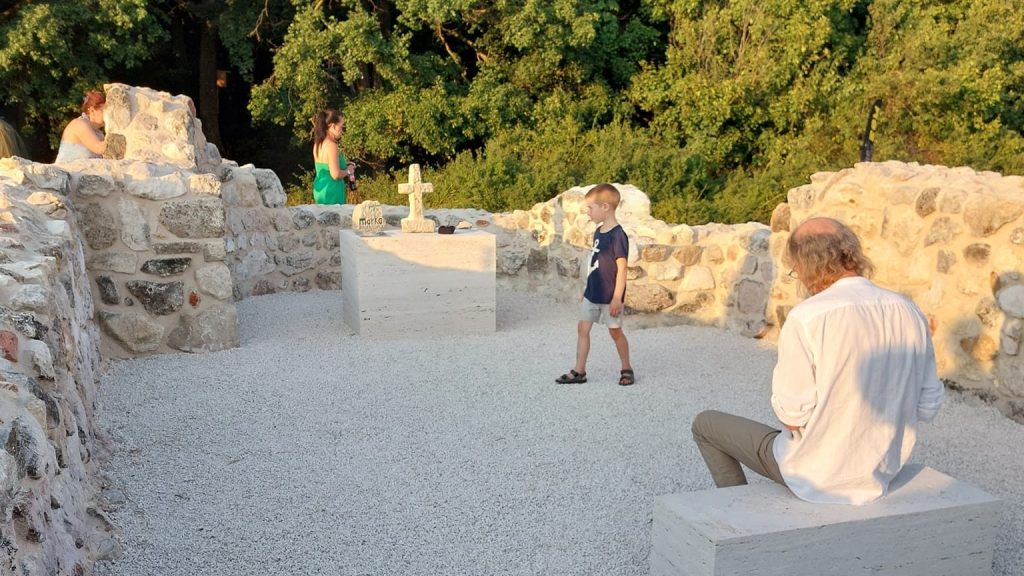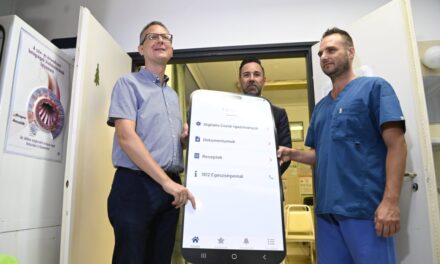The masonry work carried out as part of the heritage rescue project was carried out using the original stones collected in the area. As part of the ROM Vándor program, the third Árpád-era church ruin was renovated, Market Építő Zrt .
The company launched the program in 2021, the main goal of the initiative is to protect, professionally restore and promote our domestic historical monuments, promoting the development of cultural heritage and tourism in the given region.
After the preparation phase, as the first stop of the heritage protection program, in 2022 the Töki ruined church in the Zsámbéki basin was protected from slow destruction, and in 2023 the Kövesdi ruined church on the shores of Lake Balaton and its surroundings could be renewed. This year, the Hungarian National Committee of ICOMOS honored the Vándor ROM's CSR program with the "Exemplary Monument Preservation Award", thereby recognizing the exemplary social role and the high-quality ruin restorations carried out at a high professional level.
The church ruin in Csakányospuszta
The structure on the outskirts of the Tatabánya is the remains of a small church from the Árpád era, with a single nave, a horseshoe-arched sanctuary, and oriented in the northeast direction. The ruins of the house of worship were discovered by an archaeological research between 2003-2005. The fragments from the Roman period that were discovered are kept by the Tatabánya Museum. Based on the remains of the blind-arched frieze and the semicircular, copper windows, the church is dated to the 12th-13th centuries. it could have been built for the village of Csákányeghyáz at the turn of the century. By excavating 144 graves to the north and east of the church, traces of burials were found, as well as the remains of a pot containing grain seeds, presumably used as a construction sacrifice, inside the church square.
As part of the heritage rescue project, the medieval masonry was conserved and preserved - strengthening the remaining wall fabric. The function of the sacred space is indicated by a stone block altar and a stone bench. The special added value of the project is that the church ruin has been officially protected as a monument.
In a beautiful setting
The Csákányospuszta, which has belonged to Tatabánya since 1947, hides on the northeastern edge of the Vértes, at the border of the Szárliget settlement. Also referred to as the "Gate of Vértes", the scatter is one of the popular starting points for pedestrian and horse-riding tourism in the region. The area, where the ruins renovated by the company can also be found, is also crossed by the National Blue Trail, Mária út and Szent Jakab's pilgrimage route. Several special, protected animal species can be found in the nature reserve, declared part of Natura 2000.
The restoration of the remains of the church in Csakányospuszta cost almost HUF 15 million. The company coordinated and self-financed the professional preparation, licensing and construction necessary for the renovation of the nearly 800-year-old monument, as well as the complete rehabilitation of the building. The next stop of ROM Vándor is the ruins of the Varjaskéri wilderness church in Somogy county, whose renovation work is scheduled to be completed by the construction company this fall.
Featured image: Facebook / Antal Klébert













